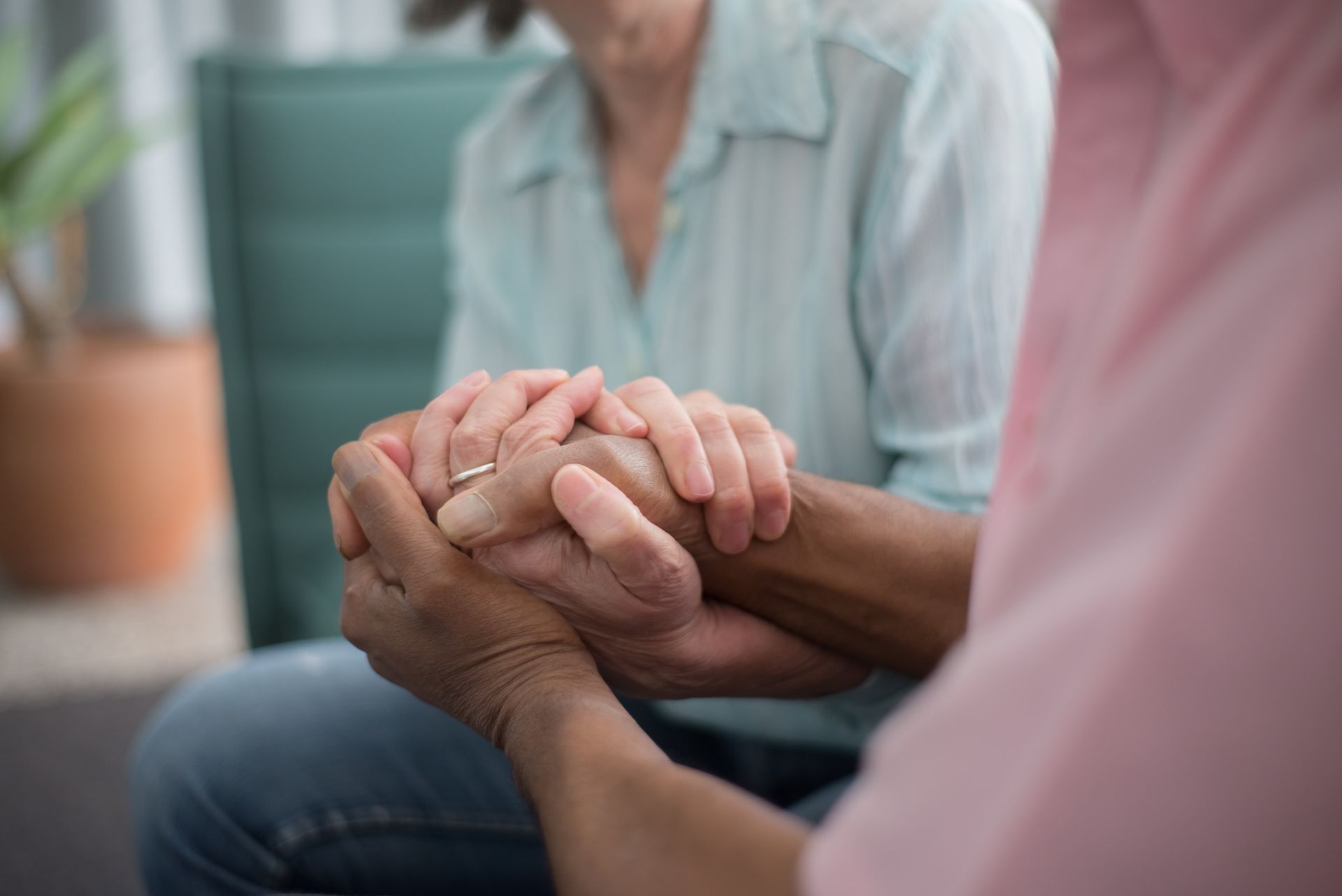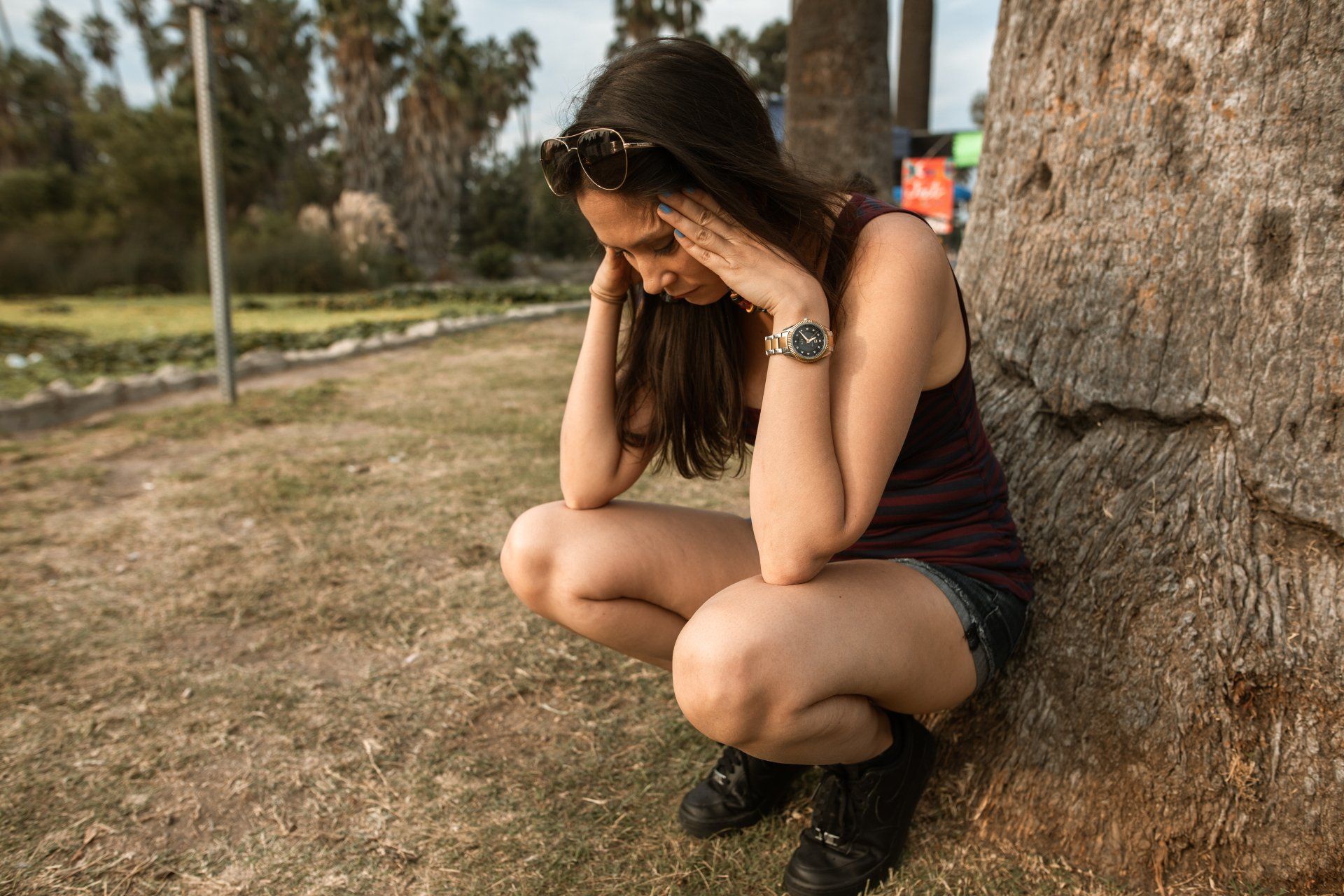Our Blog
We hope that you find the following information useful.

Preparing for marriage is one of life’s most meaningful steps, and Holy Family Counseling Center is honored to walk alongside couples in this journey. We’re excited to share that Wendy Baribeau, LMFT, will be speaking at the upcoming Three to Get Married weekend retreat offered under the direction of the Legionaries of Christ. This enriching, faith-based event is designed to help engaged couples build a strong foundation through prayer, practical tools, and reflection.











